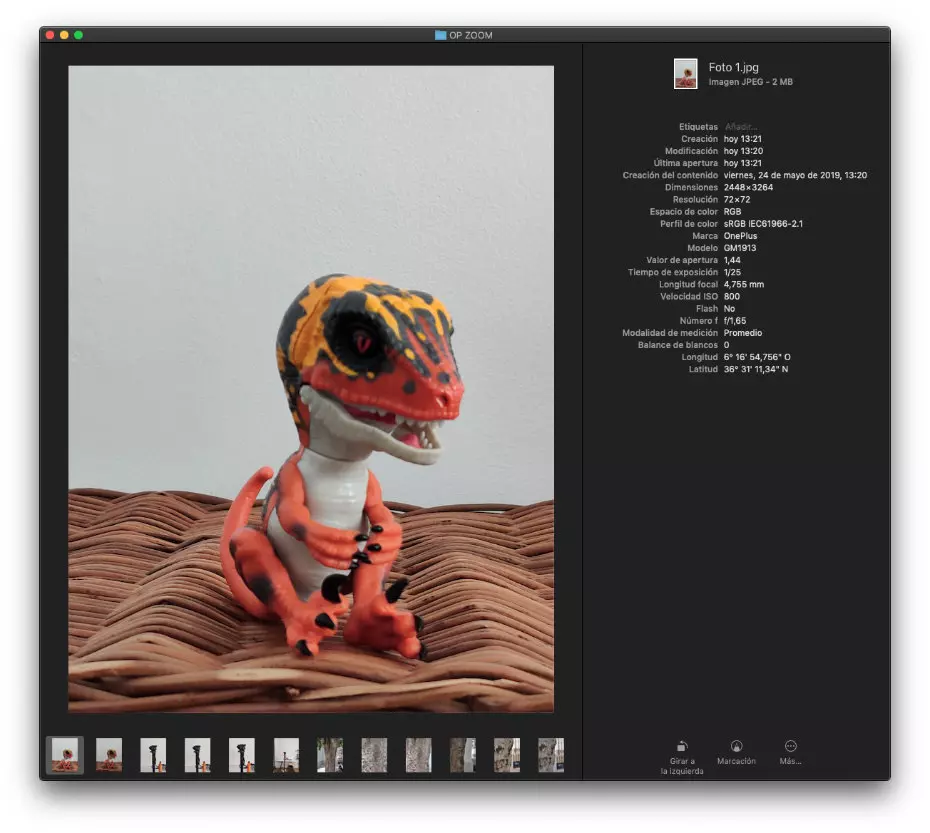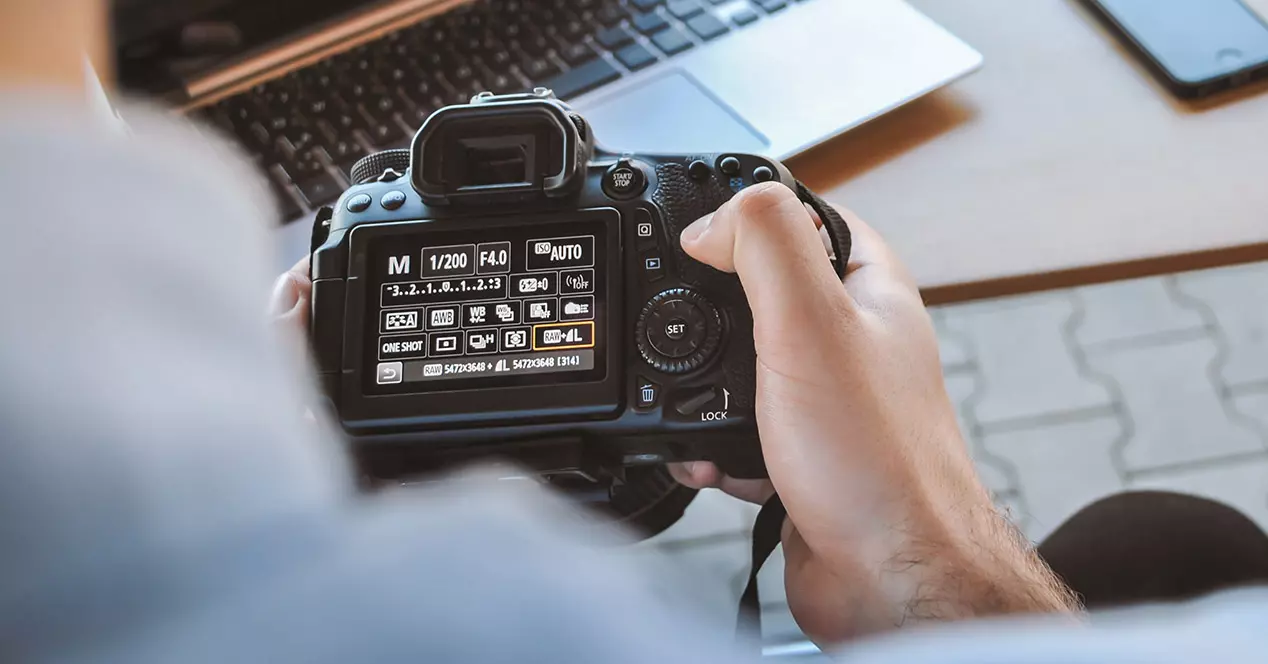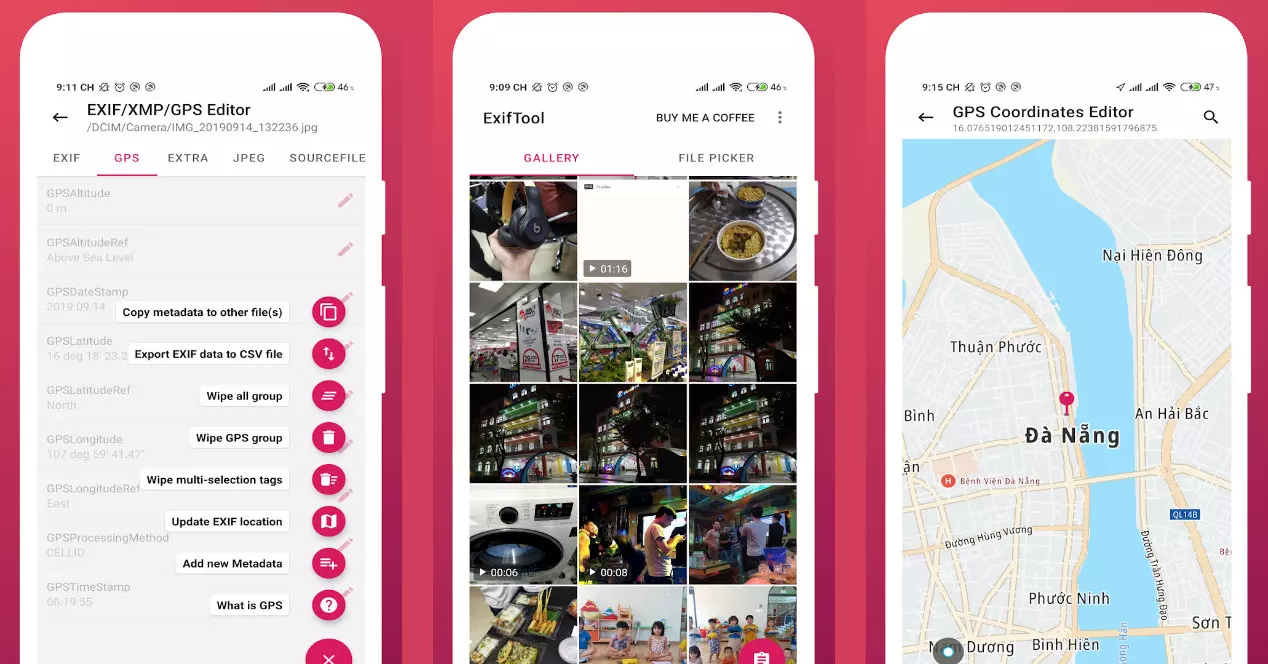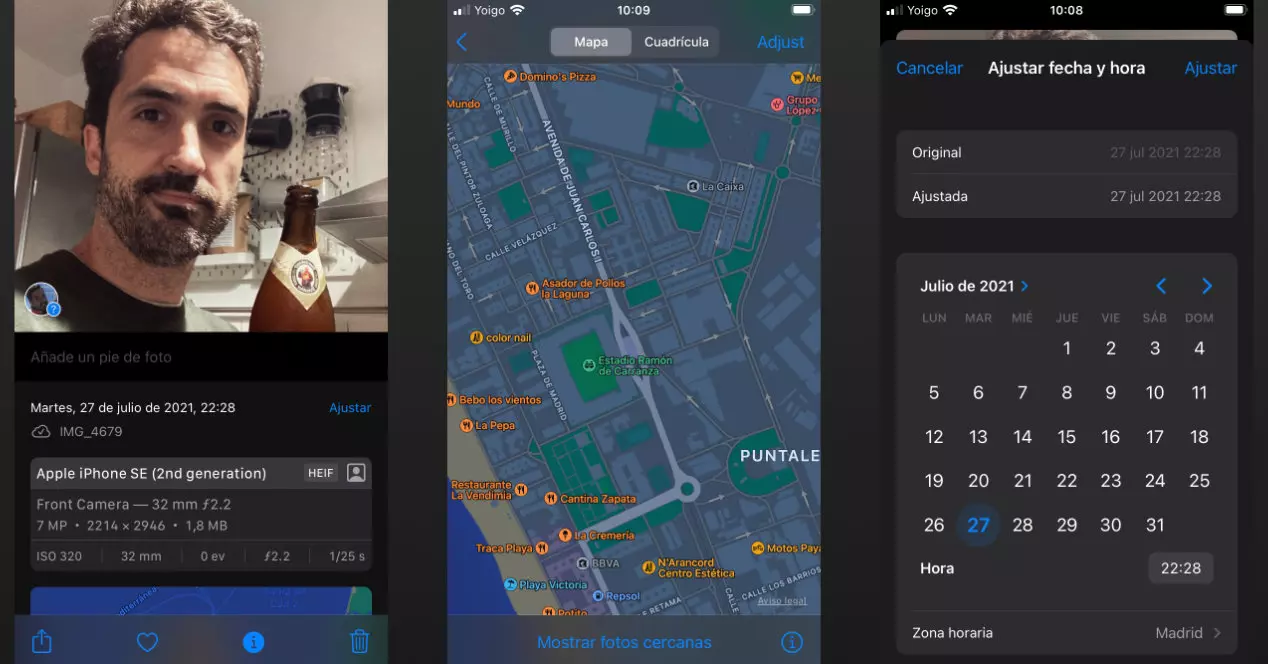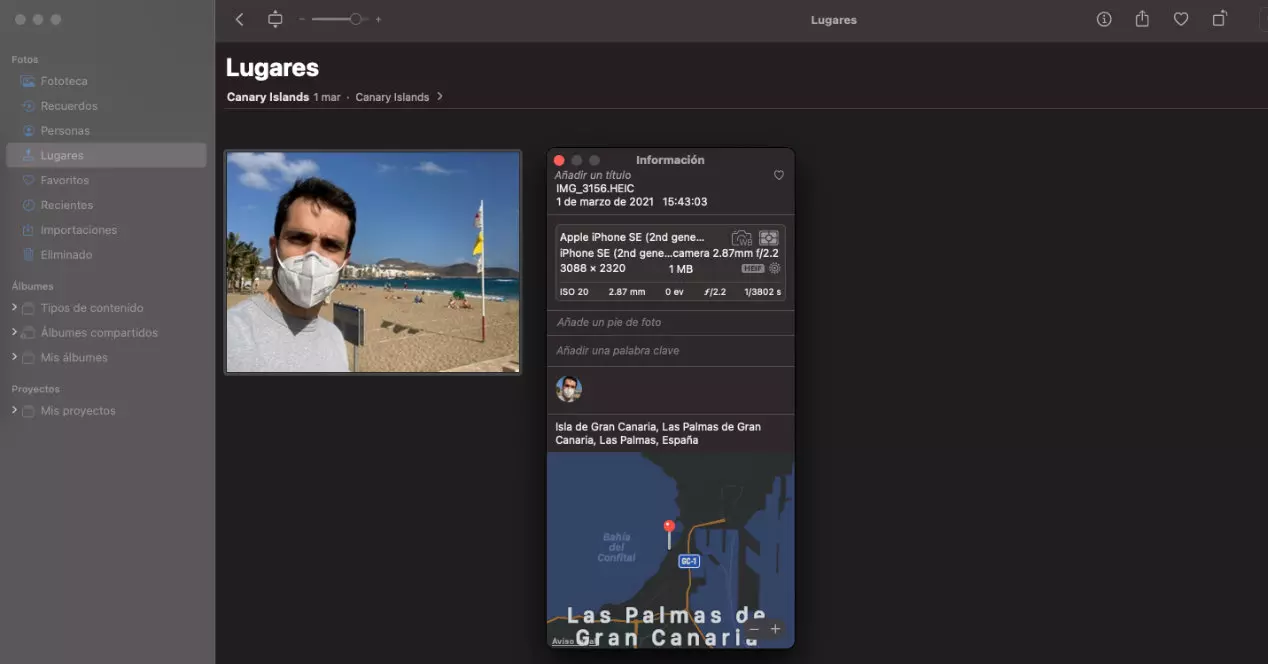
What is EXIF data
Digital photography has served to democratize a creative discipline that until its arrival was limited by the expense of film and development that it involved. Of course, along with that and other positive aspects, there were also negative things such as the excess of junk photos that we store, the increasing need for more storage capacity, etc.
However, as we say, the advantages of digital photography more than outweigh its disadvantages. And especially if you are a more advanced user. Because among the many good things is the use of EXIF data. Thanks to these, professionals could forget about writing down information on paper such as the focal length at which a photograph was taken, the aperture, the type of film, ISO, the day, time, etc.
Now this data EXIF or Exchangeable Image File Format, are added automatically by most current digital cameras. So, if you like, these are the data that is saved habitually:
- Type of file
- Resolution
- Shutter speed
- Exhibithion time
- ISO value
- White balance
- Flash
- Focal distance
- Date and Time
- Place where it was taken if you have GPS
- Camera that took the photo
- Miniature
This data is very useful when carrying out actions such as the automatic organization of photos through specific storage applications or services like EXIF data viewer. Because, for example, thanks to the date and time data, you can create automatic albums or improve searches when you want to review the photos you took in a specific year, month or day. Even, in the case of having GPS tagging, the possibility of searching or displaying the photos taken in a specific place.
The problem is that the EXIF data, as you have seen above, also includes a series of extra information that could pose a risk to the user’s privacy and hence the need to know how it can be eliminated. Although sometimes it is not so much a question of security but of utility and what is required is to be able to modify or add something that has not been read correctly.
Why is it important to know how to edit EXIF data
There are different reasons why editing the EXIF data of a photo is something that any user should know how to do. The former are related to the theme of Privacy and the rest with the utility when it comes to taking advantage of them for management and storage.
At the level of privacy, a simple photograph could serve to indicate where you are or live and that would suppose a more or less serious problem depending on the particular case of each one. For example, imagine that you have a certain impact on social networks and through a published photo your fans know where you live. If they try to visit you or something like that, it could lead to awkward situations.
Of course, along with that case where knowing the location where the photo was taken can be a problem, there is also the issue of the thumbnails they store. These do not usually correspond to the edited photo but to the original. So if you cropped to remove something that you didn’t want to show, with the EXIF data you could actually see it. And that can be uncomfortable in case, for example, some nude or similar appears.
For all this and for the simple fact of being able to add data such as dates to images for optimal management, it is important to know how to manage this EXIF data.
How to modify the EXIF data according to the platform
EXIF data follows a standard that many applications and online services are able to correctly interpret regardless of which camera the photograph was taken with. So it does not matter if it is with the camera application of your mobile, a DSLR, etc.
If these data exist, they will be able to be consulted and even modified. So, depending on which platform you want to use, some options are the following.
EXIF data editing from Android
When it comes to consulting the EXIF data, just go to the Photos application on your phone or Google’s if it is installed (something normal that happens). Once the photograph is selected, click on Details and you will be able to see all the aforementioned information.
To edit it, you will normally have to resort to other applications or specific utilities such as Photo EXIF Editor or ExifTool. And if you want to remove the data completely, because you are going to share the image on networks or any other platform, you have Photo Metadata Remover.
Editing EXIF data on iOS and iPadOS
In the event that you use Apple mobile devices, such as the iPhone or iPad, the default option to modify this data is the Photos app itself integrated into the system. You just have to give more information and in details you can change the date and time as well as the place where it was taken.
If what you are looking for or want is to modify the rest of the available parameters, then download Exif Metadata and you will be able to take complete control of each and every one of the registered metadata to modify or eliminate one by one or all at once.
Editing EXIF data on macOS and Windows
Finally, macOS and Windows desktops also offer applications for editing EXIF data in photos. For both systems there are image editors such as Adobe Photoshop, Gimp, Pixelmator or Affinity Photo, but also specific applications such as ExifTool. And in the case of Macs, also the Photos application that is available as standard.
So it is already a matter of choosing the one that best suits you. What’s more, even if it is for something specific, you could use an online service such as theXifer or metapicz. There are many more, so a simple search will give you other options in case you want to try. Of course, in order to modify photos that you think may have sensitive information, it is better to do it with native apps installed on your device.
